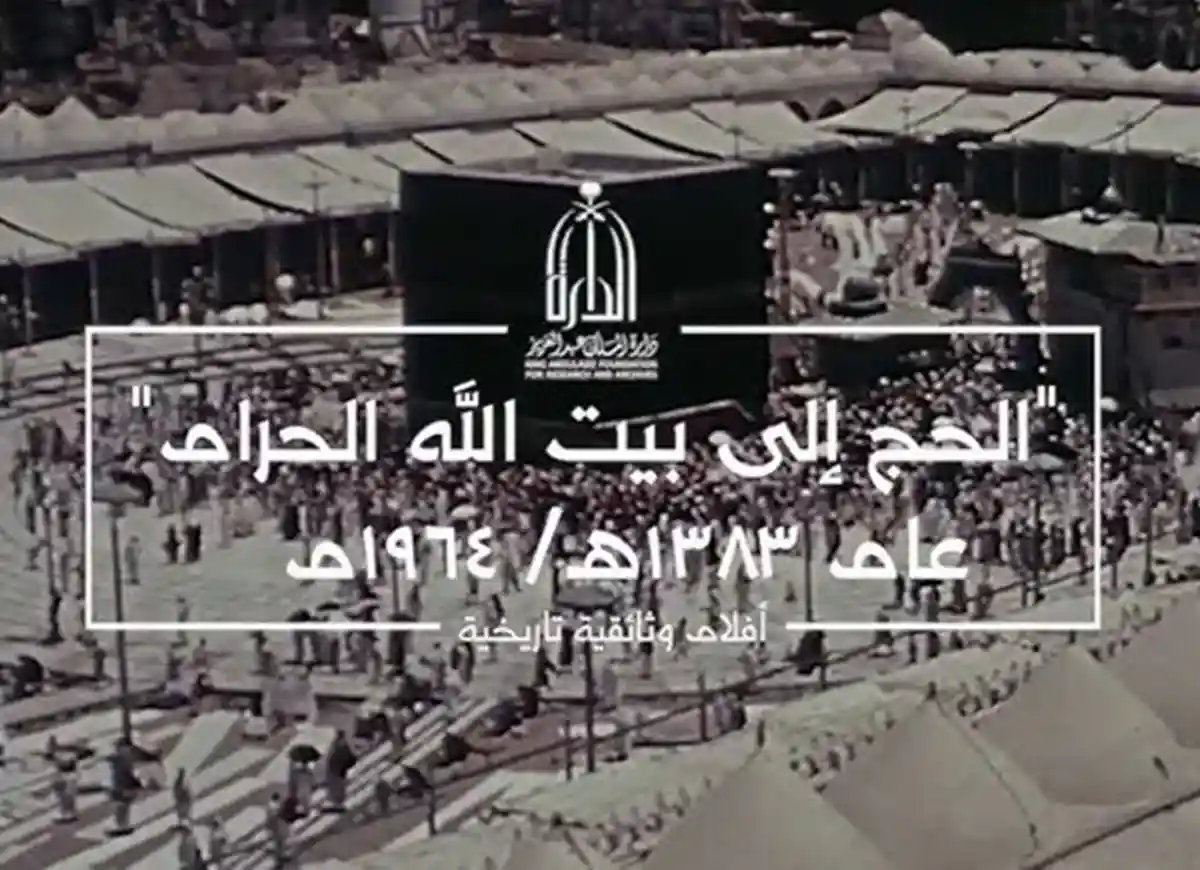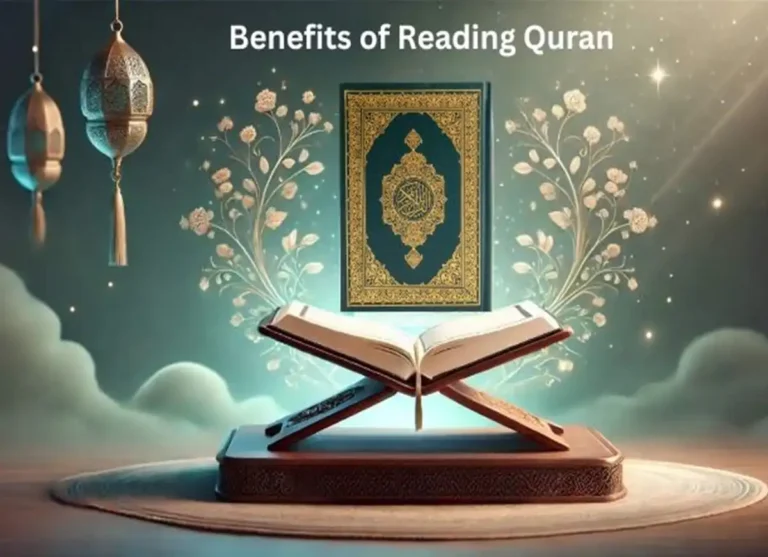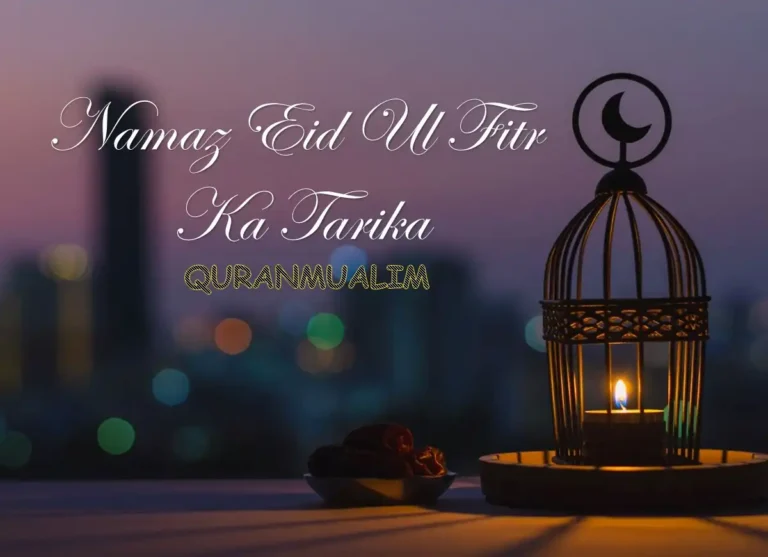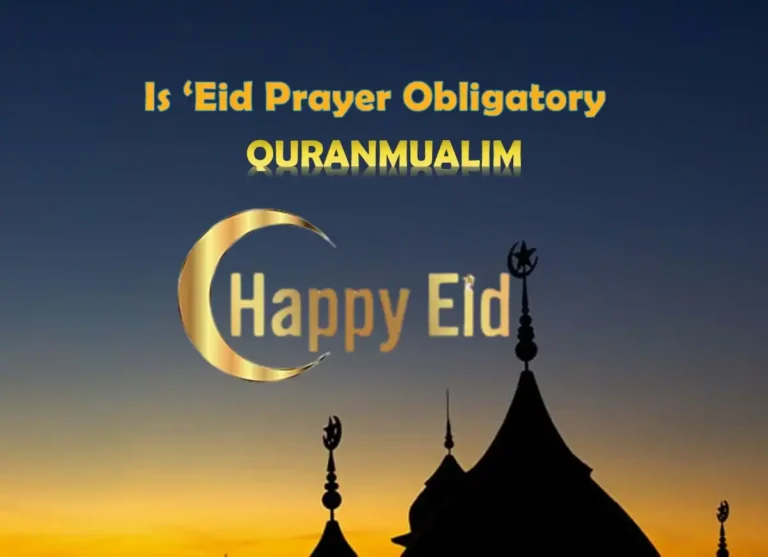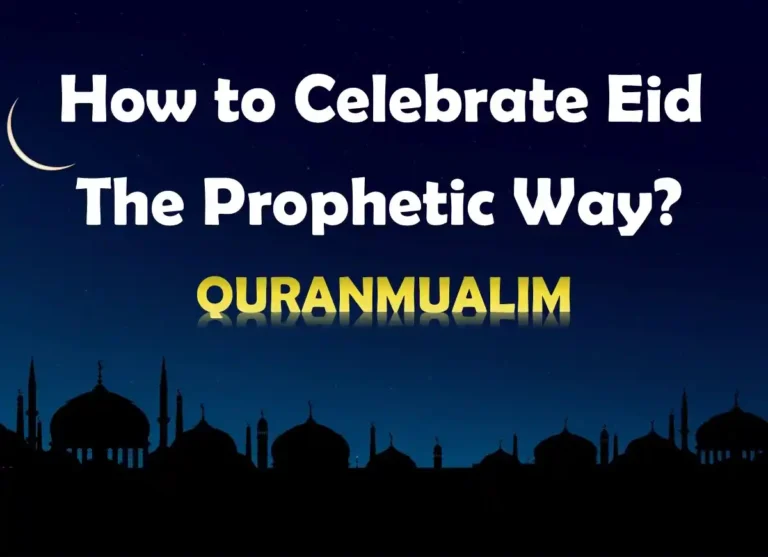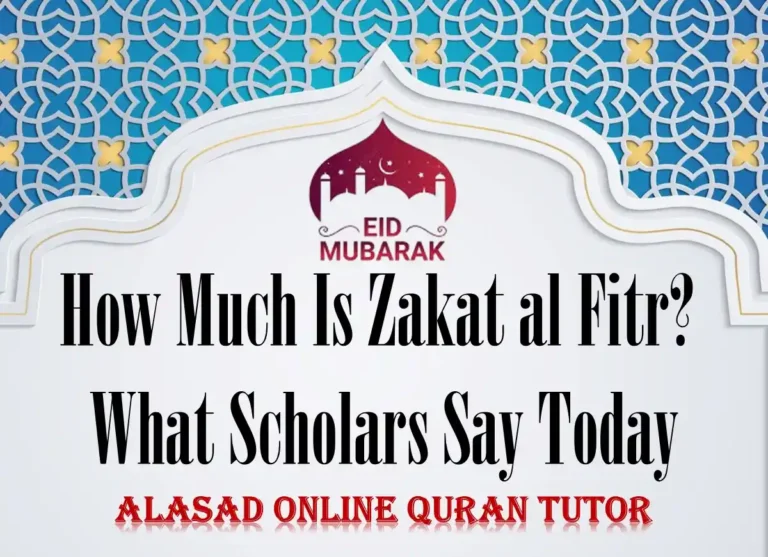Mecca, the holiest city for Muslims, transforms into a sea of white garments during the annual Hajj pilgrimage. Millions of pilgrims from all corners of the globe unite in Mecca to fulfill one of the five pillars of Islam, a mandatory duty for all able-bodied Muslims at least once in their lifetime.
This spiritual journey transcends geographical and cultural boundaries, fostering a sense of unity, equality, and submission before God.
Unity: Pilgrims from diverse backgrounds, ethnicities, nationalities, and social statuses shed their worldly possessions and don identical white garments, symbolizing their common purpose and their shared humanity. This visual representation of oneness underscores the universality of Islam and the belief in the equality of all people before God.
Equality: The act of wearing the same simple white garments, known as Ihram, during the Hajj signifies the stripping away of social distinctions and worldly hierarchies. In the eyes of God, all pilgrims stand equal, united in their devotion and submission.
This emphasis on equality serves as a powerful reminder of the core Islamic principle that all people are created equal and are deserving of respect and dignity.
Submission: The Hajj is a journey of complete submission to the will of God (Allah). Through the performance of various rituals, pilgrims demonstrate their obedience and surrender to His divine will. This act of submission fosters a deeper connection with God and strengthens faith.
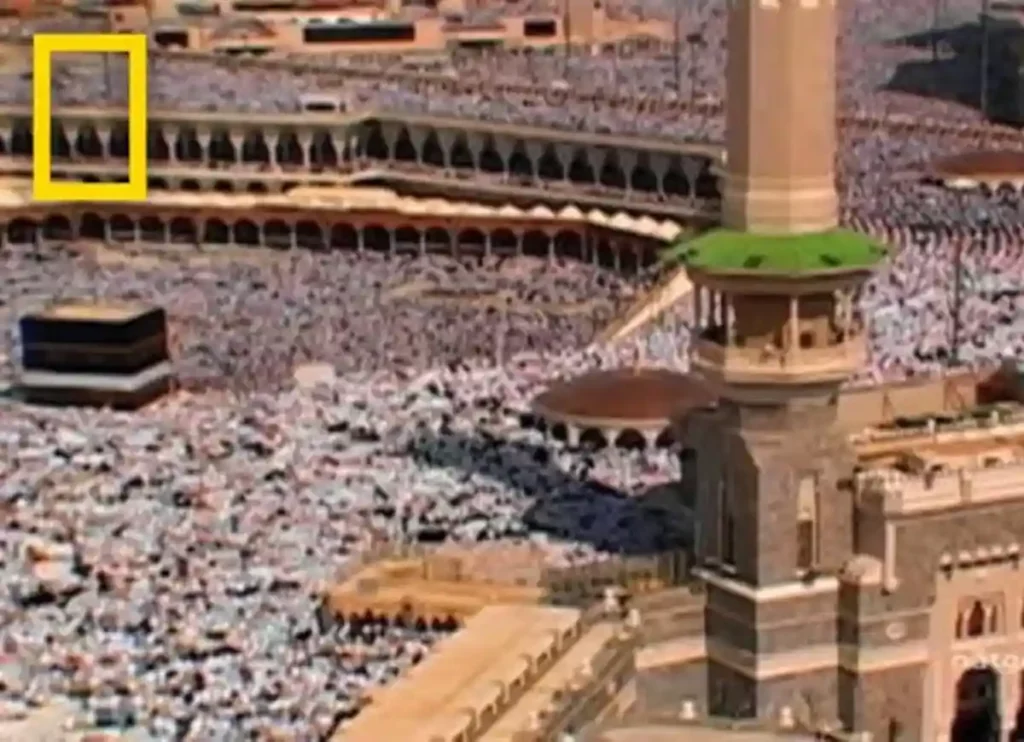
Beyond Unity, Equality, and Submission
The Hajj is a multifaceted experience that transcends these core themes. It is a time for:
- Reflection and repentance: Pilgrims engage in introspection, seeking forgiveness for past transgressions and committing to a renewed life of faith and righteousness.
- Renewal and spiritual growth: The Hajj is an opportunity for a spiritual reset, allowing pilgrims to shed past burdens and start afresh with a stronger connection to God and their faith.
- Strengthening social bonds: The shared experience of the Hajj fosters a sense of brotherhood and sisterhood among pilgrims, creating lasting connections that transcend geographical and cultural barriers.
The faithful make their Seven rounds around Khana-Eka’ba. The faithful making their way to Hajr-e-Aswad.
People are running around, with one elderly man being carried by litter. People on foot and camels leave the camp to go towards Mecca. People departing to Mecca and a camel convoy. Minarets in Mecca (spires). People making their rounds.
The ceremony that involves throwing Jimar (pebbles). It is the Hajis are throwing the pebbles. A flock of birds soaring over Mecca.
Categories: PRAYER (Salat), ALMS (Zakat), SAWN (Fasting) HAJJ (Pilgrimage) & DUA (Supplications), Hadith and Tafseer, The Holy Quran, Quran Jaz 1- 114
Topics: Ushr and Zakat, Hijab, Arabic Corner, Faith, Islamic History, Biography, Sirat ul Nabi PBUH, Islamic Studies, Halal & Haram
Hajj:
- What is Ihram Haji ? | Hajj and Umrah-Quranmualim
- Importance of The Days of Zil Hajj | The Day of Arafah
- Define Menses during Hajj and Umrah | Mina in Makkah
- The Holy pilgrimage of The Messenger | The Rituals of Hajj
- 3 Types of Hajj | Tamattu | Ifrad | Hajj Qiran – Quranmualim


